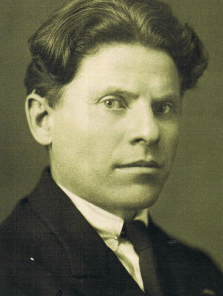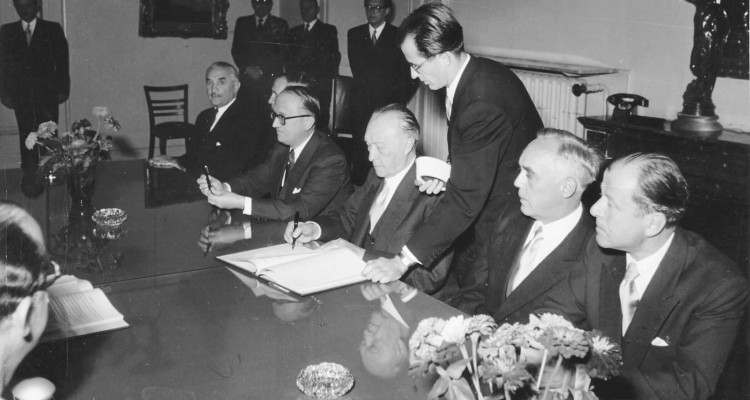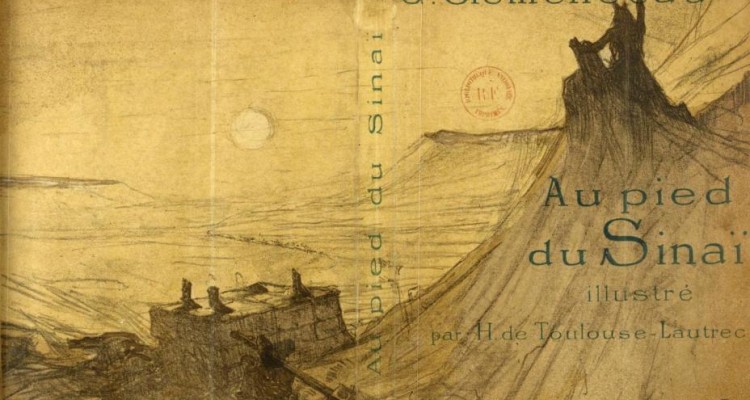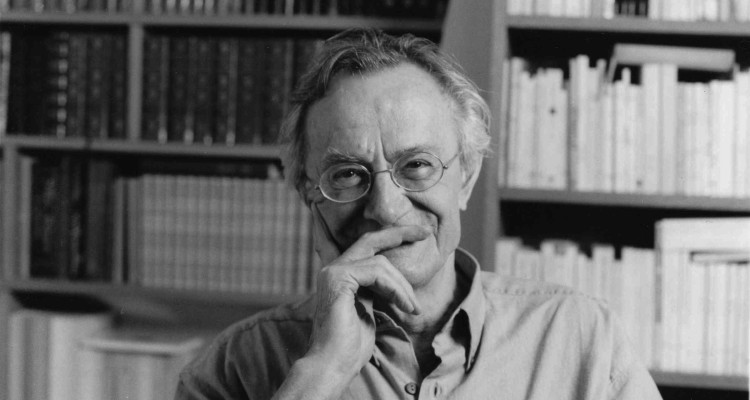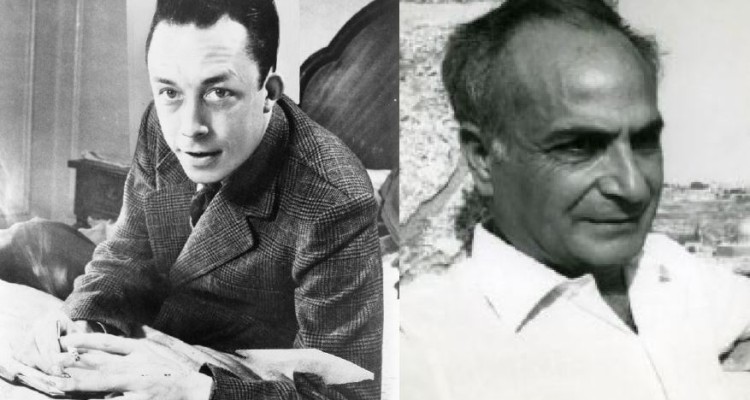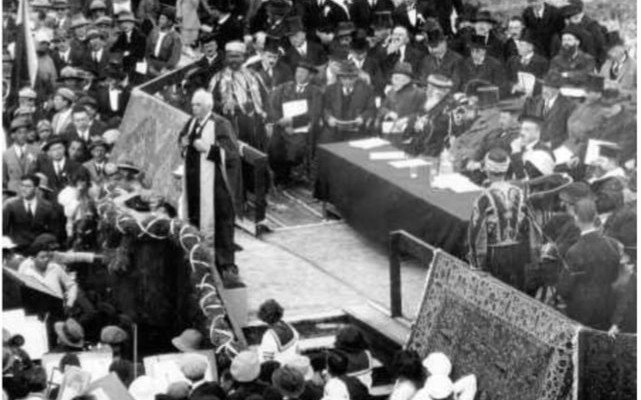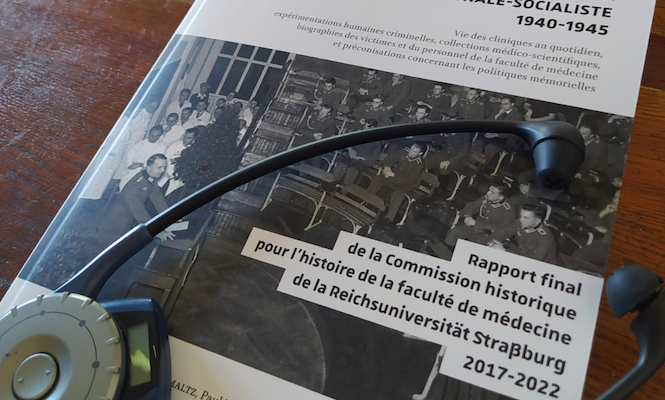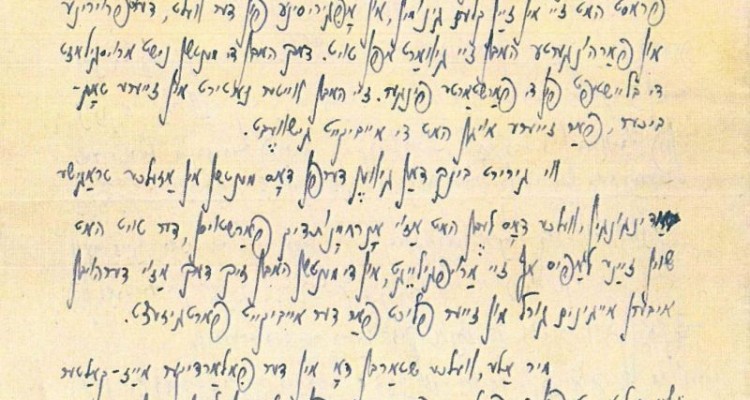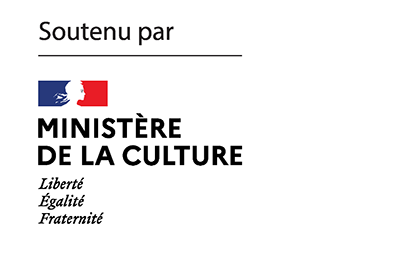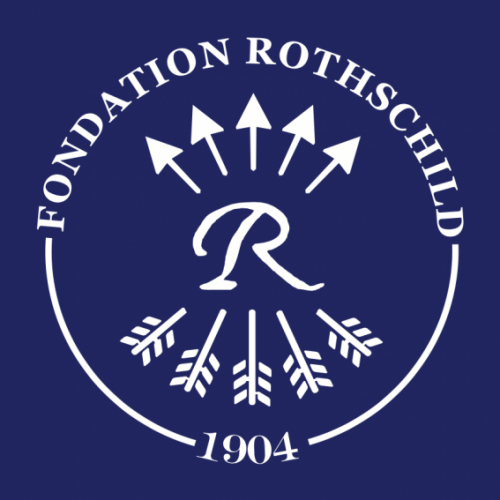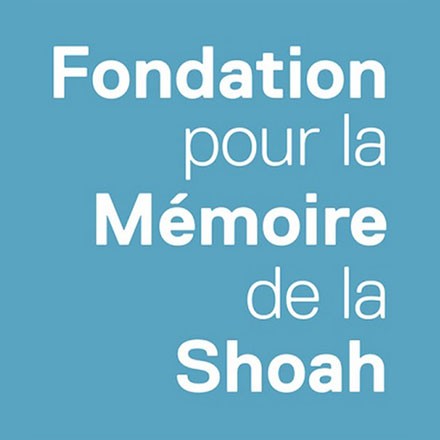History
1926, in Paris. Samuel Schwarzbard murdered Petlioura, the Ukrainian military officer and politician responsible for the pogroms that killed tens of thousands of Jews between 1919 and 1920. The affair, now forgotten, had a huge echo in France at the time. Indirectly, it was also at the origin of the creation of the current LICRA, one of France major antiracist organization. Philosopher Elisabeth de Fontenay revisits the story of a man who, before the Shoah, wanted to avenge the murdered Jews, and whose gesture was the origin of a desire for Jewish self-defense in the four corners of Europe.
Exactly seventy years ago, in September 1952, the Reparations Agreement between Israel and the Federal Republic of Germany known also as Luxembourg Agreement was signed. The West German government agreed to the demands of the young Israeli state and to pay substantial compensation. Traditionally seen as a form of reparation after the Shoah, the Luxembourg Agreement was in fact a much more subtle transaction that was not considered reparation or reconciliation. Historian Constantin Goschler examines the ins and outs of this agreement and the German and global geopolitical context that informs it.
Georges Clemenceau, France’s newspaper editor-cum-prime minister, endures in historical memory as an implacable foe of antisemitism. He was accused of being indebted to “the Jewish syndicate.” Reading Au pied du Sinai (At the Feet of Sinai, untranslated) might be surprised to find in this collection of short stories and monologues rhetoric that belies the text’s status as a pro-Jewish apologetic. Clemenceau regurgitates a bevy of antisemitic motifs in this book. Philippe Zard explains how at the turn of the century antisemites and anti-antisemites both drew on “a broad repertoire of shared representations” vis-a-vis Jews.
During the night of May 8-9, 1990, a group of neo-Nazis broke into the Jewish cemetery in Carpentras and desecrated about 30 graves. The philosopher Jean-François Lyotard, his pen stirred by events, commented on the persistence of antisemitism in postwar Europe in an article in the Liberation newspaper. Lyotard’s article, emblematic of his later interest in “the Jewish question” in post-Holocaust Europe, has become a reference of specialists, who have passed it around in the intervening three decades. K. is reprinting the text in both English and French so that a wider public can engage with it. Jacques Ehrenfreund, professor of Jewish history at the University of Lausanne, prefaces the philosopher’s landmark meditation.
Chambon-sur-Lignon, a Protestant town, is the only Is the only French municipality to have been honoured – in the name of the entire Plateau Vivarais-Lignon – with the title of “Righteous Among the Nations”. On 10 August 1942, a group of young people read a letter of public protest against the Vel d’hiv’ roundup and the persecution of the Jews in front of the Temple. This year, on the occasion of the “march of remembrance” organised every 10 August in this hallowed site of French history and memory known for hosting refugees (since the Spanish war), Resistance fighters and Jews hunted by the Nazis, Nathalie Heinich will read a text about the presence of both Albert Camus and André Chouraqui in Le Chambon-sur-Lignon from August 1942, which K. is pleased to publish this week.
On the 1st of April 1925, the great poet Bialik gave the inaugural speech of the Hebrew University of Jerusalem. This speech takes us back to the world of a still fragile yichuv and of Zionism in its pre-state phase. It was a time when the Zionist project oscillated between the affirmation of a political solution for the Jews, in rupture with Europe, and that of a cultural achievement which continued to be part of the trajectory of the Jews in Europe. The University, like many institutions in Mandatory Palestine, preceded the State and saw itself as the intellectual centre of the Jewish people to come.
Architects Piotr Michalewicz and Marcin Urbanek and artist-historian Łukasz Mieszkowski won first prize in the international competition for the development of a new memorial concept at the site of the former Nazi extermination facility in Sobibór. The team won the competition in July 2013, and in October of the same year, the Polish government accepted their design and awarded them tenders. The memorial’s construction began in the spring 2017, with funds coming entirely from the Polish Ministry of Culture. The memorial and museum, which will come under the supervision of the Majdanek State Museum. is scheduled to be completed in the fall of 2022. Mieszkowski, in an original article for K., takes us behind the scenes of this innovative project.
Created in 1941, following the annexation of Alsace-Moselle to the Reich, the Reichsuniversität Straßburg was part of the Nazis’ plan to Germanise its annexed territories. What exactly happened within the walls of the University when it was in Nazi hands? We know, for example, that the director of its anatomy institute built up a collection of skeletons of murdered Jews… In 2016, an international and independent Historical Commission was set up, whose mission was to shed light on the history of the Reichsuniversität between 1941 and 1944. The Commission’s aim was to evaluate the University’s medical collections to ensure that no human remains from victims of Nazism were still in the collections, and to provide recommendations for the ethical training of current and future medical staff. Review of the Commission’s final report..
During the last days of the Auschwitz camp, Abraham Levite and a group of Jewish deportees conceived of the Collection Auschwitz. The only thing that has come down to us is the introduction to this anthology project, which aimed to bring together a series of clandestine texts written by Jewish deportees in the camp. K. publishes excerpts from this incredible testimony, and an essay by David Suchoff in which he has gathered biographical information on Levite, reconstructed the story of the manuscript and analyzed the project.
Join us
With the support of:
Thanks to the Paris office of the Heinrich Böll Foundation for their cooperation in the design of the magazine’s website.
